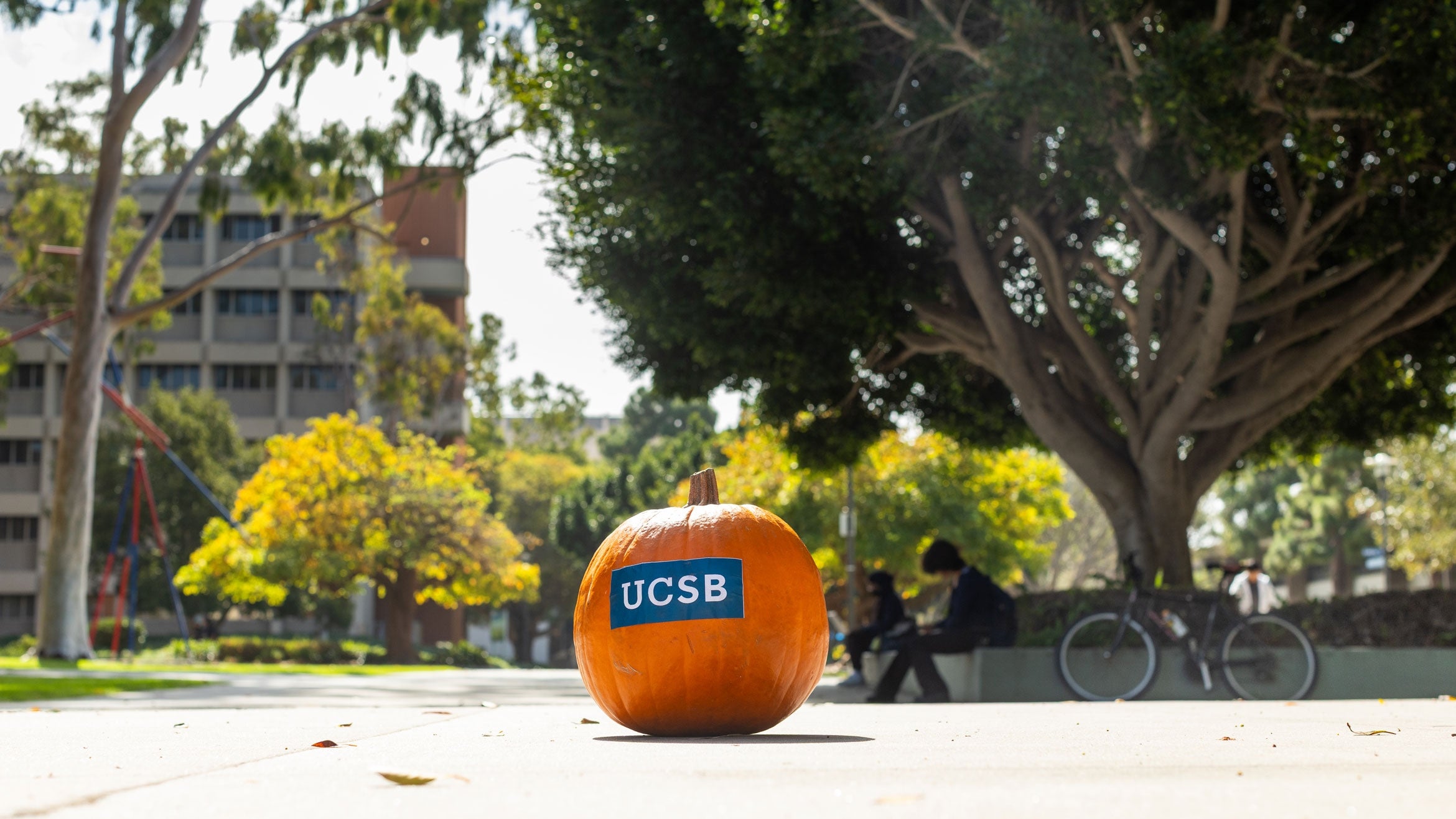
UCSB Computer Science, Education Scholars Receive Grant to Develop Curriculum for Elementary School Students
While science education at the K-12 level is guided by national and state content standards, computer science instruction is ad-hoc, and often focuses on how to use computer software, rather than how to create or adapt it. With a grant of nearly $600,000 from the National Science Foundation (NSF), two professors at UC Santa Barbara hope to change that by developing computer science curricula geared toward children in grades two through six.
"I think computer science has suffered because there's no Popsicle stick bridge," said Diana Franklin, a faculty member in UCSB's Department of Computer Science and one of the project's principal investigators. "For civil engineering, you can have kids make a Popsicle stick bridge, and they have created a rudimentary version of what an engineer might build. Computer science has always lacked that tactile, cool thing that lets kids feel like they did what a computer scientist does."
The researchers will be working with students and teachers at Peabody and McKinley Elementary Schools in Santa Barbara, and with schools in the Rio School District in Oxnard. Their first step will be to interview the students to get a sense of what they know about computers and how they can be used for problem solving.
"We want to find out what they already know, and what types of problems they're already solving using what's referred to as computational thinking," said Franklin. "They're problem-solving skills that people already use, but are not methodically taught, and they're not identified as computational thinking. The idea is to identify what they're currently doing in computational thinking so we can build up to more advanced levels."
Computational thinking is a method that can be used to algorithmically solve complicated problems of scale. "A good example is choosing a space in a parking lot," noted Franklin. "Some people like to minimize the distance they walk. So they'll keep driving to the front, trying to find the closest spot. Other people don't want to hunt for a parking spot, so they'll go farther out. These are two different algorithms to solve the same problem of finding a parking space. This ability to come up with, and express, an algorithm to analyze what you're minimizing is part of computational thinking."
As it turns out, schoolchildren do the same kind of thing every day. "We talked with kids at one of the elementary schools in preparation for the work we're going to do, and one of the examples that came out of that discussion had to do with finding a seat at the lunch table," said Danielle Harlow, assistant professor in UCSB's Gevirtz Graduate School of Education and the project's other principal investigator. "Do they want to be close to the playground so they can get out there as soon as they finish lunch? Do they want to be close to their friends? Do they want to be close to where the food is located? Or do they just want to find any open space? They do the same sorts of problem solving, but in different contexts."
This is the starting point for the researchers' work in building curricula to advance computational thinking –– algorithmic development and problem solving without the computer –– as well as computer science proficiency. "We also have some programming projects, so they'll be doing some digital storytelling," said Franklin. "They'll do a series of warm-up exercises in which they learn computer science concepts on the computer, and then they'll do a final project."
The students' projects will be designed to dovetail with what they are already doing in school, Harlow noted. "These are connecting with the current standards and the next generation of standards, but using the child-friendly computer programming to create them," she said.
Over the grant's three-year period, Franklin and Harlow will continue to observe the students and interview a select group to identify what they are learning as they move through the curriculum. "We'll have two iterations, so we'll be able to make changes as necessary," Harlow said. "Then we'll be able to study how students go from baseline knowledge, which is what we're going to be looking at later this year, and how that develops over the grant period. This will form what we call a learning progression."
Very little empirical research has been done on young children's concepts of computer science, and that makes the work done by Franklin and Harlow fairly groundbreaking. "In funding the grant, the NSF asked for a computer scientist and an education scholar," Franklin said.
Related Links



